Aged care manual handling equipment refers to devices used to assist in moving or repositioning care recipients safely, enhancing caregiver efficiency while reducing physical strain.
Definition and Purpose
Aged care manual handling equipment encompasses tools and devices designed to safely assist in moving, transferring, or repositioning care recipients. Its primary purpose is to minimize physical strain on caregivers while ensuring the dignity and comfort of those being cared for. These devices play a critical role in preventing injuries and fostering a safe environment for both staff and care recipients; By enabling efficient and secure transfers, manual handling equipment supports the overall quality of care in aged care settings.
Importance in Aged Care Settings
Manual handling equipment is essential in aged care settings to ensure the safety and well-being of both care recipients and caregivers. It significantly reduces the risk of work-related injuries and musculoskeletal strain among staff, while also protecting care recipients from accidental harm during transfers. This equipment enables caregivers to maintain the dignity and comfort of older adults, promoting independence and mobility. By enhancing safety and efficiency, manual handling devices play a vital role in delivering high-quality care and meeting the unique needs of elderly individuals in residential and community-based settings.

Types of Manual Handling Equipment
Manual handling equipment includes hoists, slings, transfer aids like slide boards, and standing aids such as walkers, designed to safely assist in moving or supporting care recipients.
Hoists and Lifts
Hoists and lifts are essential tools in aged care, designed to safely transfer or reposition care recipients. They reduce physical strain on caregivers and enhance safety for recipients. Available in ceiling-mounted, portable, or stand-alone models, these devices often feature adjustable straps and controls for easy operation. Proper training is crucial for their effective and safe use, ensuring dignified care while minimizing the risk of injury to both caregivers and recipients. Regular maintenance is also vital to uphold reliability and safety standards in aged care settings.
Slings and Harnesses
Slings and harnesses are critical components in aged care manual handling, providing support and stability during transfers. Designed to be comfortable and durable, they are typically made of breathable materials to prevent skin irritation. These devices come in various styles, such as full-body or seat slings, catering to different mobility needs. Proper fitting and adjustment are essential to ensure the recipient’s safety and dignity. Training on correct usage is vital to avoid discomfort or injury, making slings and harnesses indispensable tools in caregiving environments.
Transfer Aids (e.g., slide boards, turntables)
Transfer aids, such as slide boards and turntables, are essential tools in aged care manual handling. Slide boards are rigid platforms that facilitate smooth transfers between surfaces, reducing friction and strain. Turntables enable easy rotation of care recipients, aiding in repositioning without excessive movement. These devices minimize physical effort for caregivers and enhance safety for recipients. Proper training is crucial to ensure effective and safe use, making transfer aids indispensable in promoting independence and dignity for care recipients with limited mobility.
Standing Aids and Walkers
Standing aids and walkers are vital tools in aged care, designed to assist individuals with mobility challenges. These devices enable care recipients to stand or walk independently, promoting strength and balance. Walkers provide stability and support, reducing the risk of falls, while standing aids help transition from sitting to standing positions safely. They empower care recipients to maintain independence and confidence in their daily lives, fostering a sense of self-reliance while ensuring caregiver support when needed.
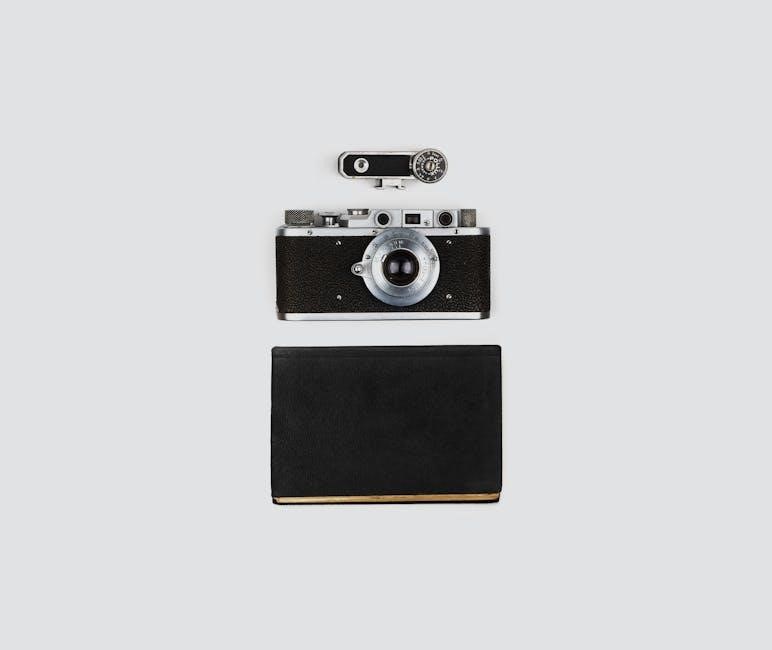
Benefits of Using Manual Handling Equipment
Manual handling equipment enhances safety, prevents injuries, and improves care quality, ensuring both caregivers and care recipients benefit from efficient and dignified support.
Prevention of Work-Related Injuries
Manual handling equipment significantly reduces the risk of work-related injuries among caregivers by minimizing physical strain and heavy lifting. Properly designed tools, such as hoists and transfer aids, ensure safe patient handling, lowering the likelihood of musculoskeletal disorders. Regular training on equipment usage further enhances safety, creating a protective environment for both caregivers and care recipients. This proactive approach not only safeguards staff well-being but also maintains high standards of care quality.
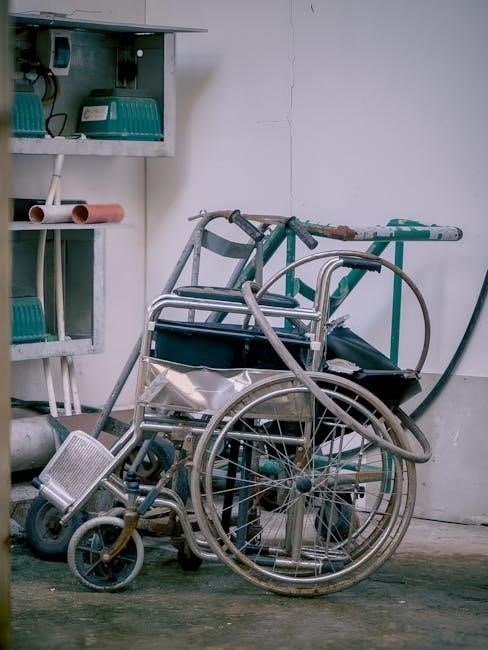
Enhanced Safety for Care Recipients
Manual handling equipment enhances the safety of care recipients by reducing the risk of falls, injuries, and physical strain during transfers. Devices such as hoists, slings, and transfer aids ensure smooth, controlled movements, minimizing discomfort and anxiety. Proper use of this equipment prevents accidents caused by manual lifting, safeguarding the well-being of care recipients. This focus on safety not only protects their physical health but also maintains their dignity, ensuring a higher quality of care and overall well-being;
Improved Quality of Care
Manual handling equipment contributes to improved quality of care by enabling caregivers to provide safe, consistent, and dignified support. It reduces the risk of discomfort or injury during transfers, fostering trust and confidence between care recipients and providers. These tools also promote better health outcomes by preventing falls and strains, while allowing for more personalized care. Proper use of equipment ensures that care recipients maintain their dignity, which is a cornerstone of high-quality aged care services. This approach aligns with the Aged Care Quality Standards, emphasizing respect and person-centered support.
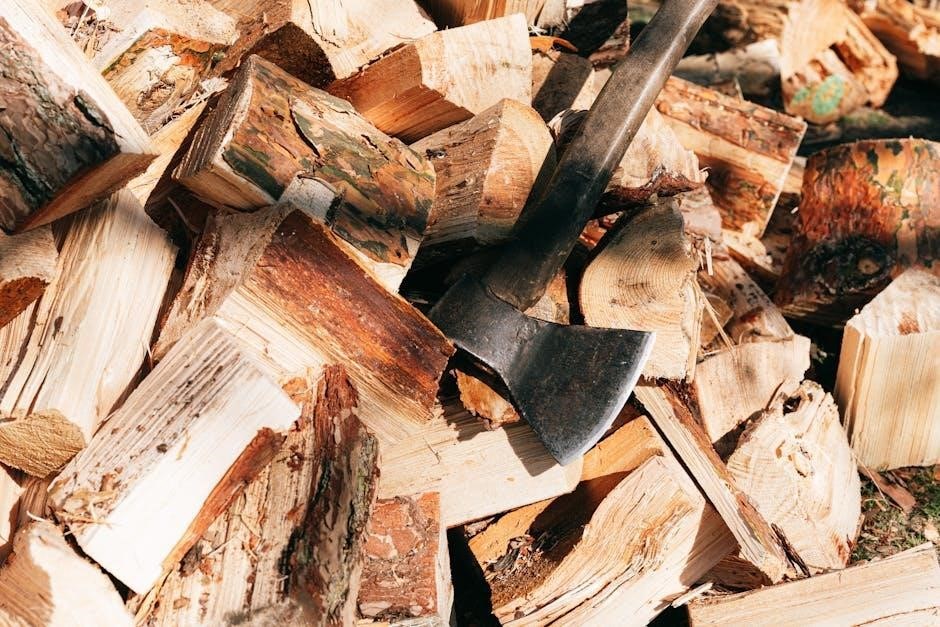
Safety Guidelines and Regulations
Safety guidelines and regulations ensure proper use of manual handling equipment in aged care, adhering to the Work Health and Safety Act and promoting a safe environment for both caregivers and recipients through regular inspections and staff training.
Work Health and Safety Act Requirements
The Work Health and Safety Act mandates employers to ensure safe use of manual handling equipment in aged care. Regular inspections, staff training, and maintenance are required to prevent risks. Employers must conduct risk assessments and provide suitable equipment for tasks, ensuring compliance with safety standards. Proper training on equipment usage is essential, and incidents must be reported promptly. Non-compliance can lead to penalties, emphasizing the importance of adhering to these regulations to safeguard both caregivers and care recipients effectively.
Safe Work Australia Guidelines
Safe Work Australia Guidelines emphasize the importance of minimizing manual handling risks in aged care. Employers must identify hazards, conduct risk assessments, and implement control measures. Proper training on equipment use is essential, and all devices must meet safety standards. Regular inspections ensure equipment remains functional, and incident reporting protocols are vital. These guidelines align with the Work Health and Safety Act, ensuring a safe environment for both caregivers and care recipients while promoting efficient and dignified care practices across aged care facilities nationwide.
Regular Maintenance and Inspection
Regular maintenance and inspection of manual handling equipment are crucial to ensure safety and functionality. Employers must conduct routine checks for wear, tear, or damage, adhering to manufacturer guidelines. Inspection records should be maintained to track compliance. Proper maintenance prevents equipment failure, reducing the risk of accidents. Neglecting maintenance can lead to safety hazards and legal liabilities. Regular servicing ensures equipment remains reliable, safeguarding both caregivers and care recipients while maintaining the integrity of aged care operations and compliance with safety standards.
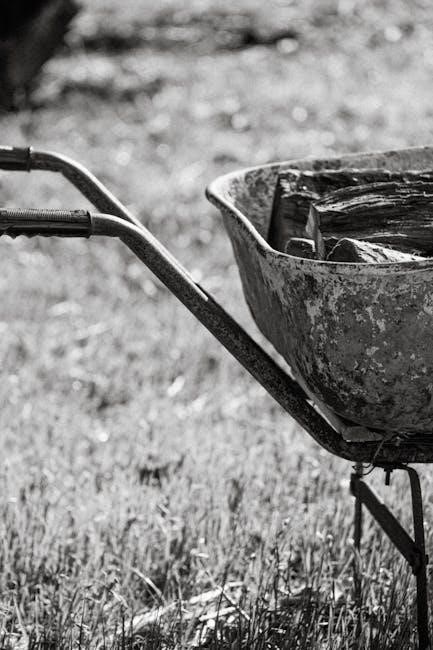
Choosing the Right Equipment
Selecting the right manual handling equipment involves considering the specific needs of care recipients, compatibility with the environment, and ease of use for caregivers to ensure safety and efficiency.
Assessing the Needs of Care Recipients
Assessing the needs of care recipients is crucial for selecting appropriate manual handling equipment. This involves evaluating their mobility, strength, weight, and medical conditions to ensure safety and comfort. Caregivers must consider the individual’s ability to assist in transfers and any specific requirements, such as posture support or pressure redistribution. The environment and caregiver expertise also play a role in determining the most suitable equipment. A thorough assessment ensures that the chosen equipment meets the recipient’s unique needs, promoting independence and reducing the risk of injury or discomfort during care activities. Regular reassessments are necessary as needs may change over time.
Space and Environment Considerations
When selecting manual handling equipment, it’s essential to consider the space and environment where care will be provided. The equipment must fit within the facility’s layout, including doorways, hallways, and rooms, ensuring smooth transfers. Mobility aids like wheelchairs or walkers must navigate the environment safely. The weight capacity and durability of equipment should match the setting, whether residential or clinical. Proper storage solutions are also necessary to prevent clutter and hazards. Assessing the environment helps ensure equipment is practical, safe, and adaptable to the care recipient’s needs, promoting effective caregiving without compromising space functionality.

Cost and Budget Factors
Cost and budget considerations are crucial when selecting manual handling equipment for aged care. Facilities must assess their financial capacity and prioritize equipment that offers long-term value. Government-funded programs and subsidies, such as those through My Aged Care, can help offset expenses. Care providers should also evaluate the total cost of ownership, including maintenance and replacement costs. Budget-friendly options, like reusable slings or adjustable aids, can be effective without compromising safety. Balancing affordability with quality ensures sustainable care solutions that meet both financial and operational needs.
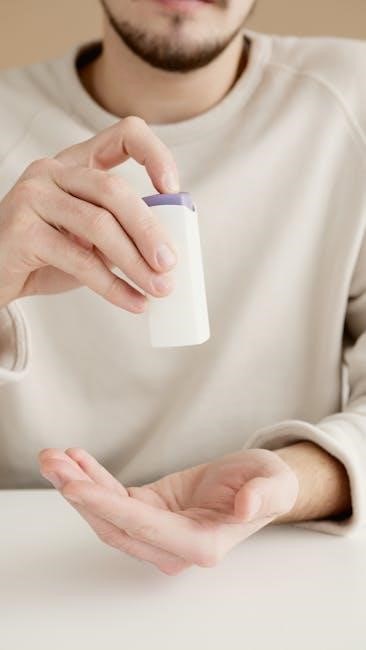
Training and Competency
Proper training ensures staff master manual handling equipment, reducing risks and enhancing care quality. Competency assessments confirm skills, fostering a safer environment for both caregivers and recipients.
Staff Training Programs
Staff training programs are essential for ensuring the safe and effective use of manual handling equipment in aged care settings. These programs typically include hands-on practice, theoretical knowledge, and scenario-based exercises. Training covers proper techniques for using hoists, slings, and transfer aids, as well as risk assessment and emergency procedures. Regular updates and refresher courses ensure compliance with safety standards and regulations. Practical training helps caregivers build confidence and competence, directly improving care quality and reducing workplace injuries. Supervised sessions also allow for personalized feedback, ensuring all staff meet competency requirements.

Competency Assessment and Certification
Competency assessment and certification are critical to ensuring staff safely and effectively use manual handling equipment in aged care. Assessments evaluate both theoretical knowledge and practical skills, focusing on proper techniques and safety protocols. Certification is typically required for staff operating specialized equipment, such as hoists and slings. Regular assessments ensure ongoing compliance with safety standards and care quality. Certifications are often issued by accredited training providers and must align with the Aged Care Quality Standards. This process helps maintain accountability and ensures care recipients receive safe and dignified support.

